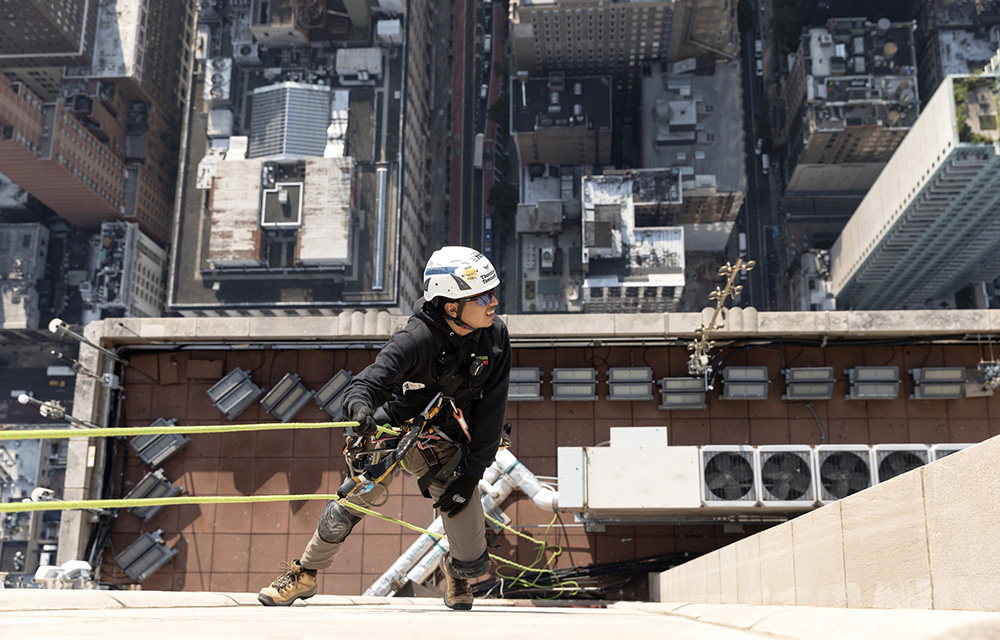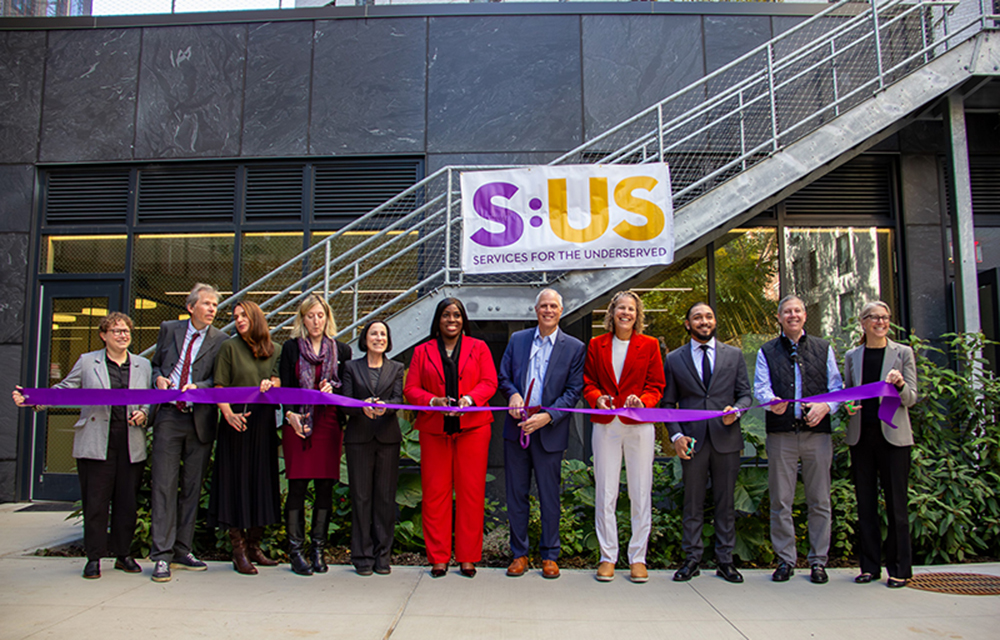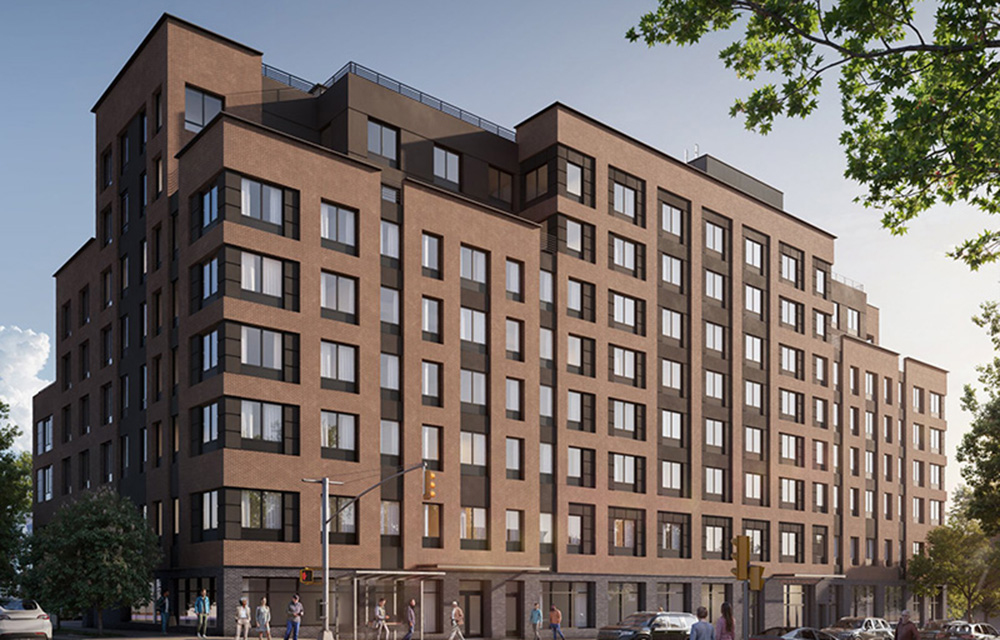Get ready! New York City Local Law of 2018 goes into effect January 19, 2019 - by Lee Wasserman

LEW Corporation
Get ready! In less than two months, NYC Local Law of 2018, A.K.A. NYC Indoor Asthma Allergen Hazards in Residential Dwellings and Pest Management, goes live January 19, 2019! It will require additional time and education, with more responsibilities and certifications, some of which are not so easy to consistently manage. We first introduced this last year, when the bill became law. Now that we’re only days away, I think it’s critical to review some of the key highlights and challenges to be faced when complying. Just to be clear, this law, effective January 19, 2019, applies to ALL multiple-dwelling property owners who are now going to be responsible for investigating and remediating indoor allergen hazards like mold, mice and rats, and cockroaches in multiple dwellings, (exemptions may apply to NYCHA and coops and condos). In this article, we’re going to focus on some of the new law’s requirements and challenges.
What makes this law’s compliance challenging is that NYC is asking us to manage Mother Nature. It’s hard to beat nature, but it is possible to handle one of its occurrences: indoor mold (another bad, four-letter word). The new law requires protection against indoor asthma and pest management. This discussion is going to concentrate on the mold component, not the pest management.
What are some of your new responsibilities and how can you avoid their very sensitive and potentially litigious outcomes? First, education is critical! Someone is going to need to properly communicate moisture intrusion and mold related events to your residents. Secondly, because this new law’s definition of remediation/remediate specifically requires compliance with Section 27-2017.9, which demands, in section B, correcting an indoor mold hazard violation or assessing/ correcting an indoor mold hazard identified as a result of an inspection by an owner, such assessment or work shall be performed in compliance with article 32 of the New York State (NYS) labor law and any rules promulgated thereunder. Article 32 of NYS labor law requires licensing and minimum work standards for professionals engaged in mold assessment and remediation.
There are three main components to the law. Training: The mold program will protect consumers by requiring contractors to obtain appropriate training prior to being licensed to perform mold assessment, remediation, or abatement services. Licensing: Contractors will not be allowed to advertise or perform covered work without the required license, with limited exceptions. For example, home or business owners performing work on their own properties. Minimum Work Standards: The mold program also establishes new minimum work standards for mold assessments and remediation activities by licensed professionals, including: 1) Protection against fraud by prohibiting the performance of both the assessment and remediation on the same property by the same individual; 2) Protection against fraud by requiring an independent mold assessor to define the scope of the remediation work; 3) Identification of disinfectant products, consistent with U.S. Environmental Protection Agency standards; 4) Provision of personal protection equipment to employees, as necessary; 5) Posted notice of the project and the contractor’s licenses; and 6) The completion of a post-remediation assessment.
This means, beginning January 19th, 2019, when a NYC multifamily property owner has to correct an indoor mold hazard violation or assess/correct an indoor mold hazard identified as a result of an inspection by the owner, such assessment and remediation work shall require both a NYS licensed Mold Assessor AND a NYS licensed Mold Remediator. Both parties (assessor & remediator) are required to comply with NYS mold licensure law. NYS Mold Assessor and Remediator certifications can be obtained at www.NAETI.com. My recommendation: Don’t wait to get a few members of your staff trained!
The indoor allergens, mold and pest, are to be regulated beginning 1/19/19, whether initiated by complaints of residents, annual owner required visual inspections, lease turnovers, or NYC inspections. What should you do? Get some of your staff trained in NYS Mold certifications (www.NAETI.com) or get affiliated with a NYS mold assessor or remediator (www.LEWCorp.com). Perform a visual survey for moisture intrusion and mold growth, and address concerns prior to the effective date of law. Consider purchasing a moisture meter and thermal imaging, but, most importantly, have a Standard Operating Procedure (SOP) for compliance with Local Law 55 of 2018 in place prior to 1/1/19, even if the SOP changes afterwards.
Lee Wasserman is the president of LEW Corporation, Mine Hill, N.J.
NYC mayor and DOB release comprehensive façade inspection and safety study conducted by Thornton Tomasetti








.gif)
.jpg)

.gif)